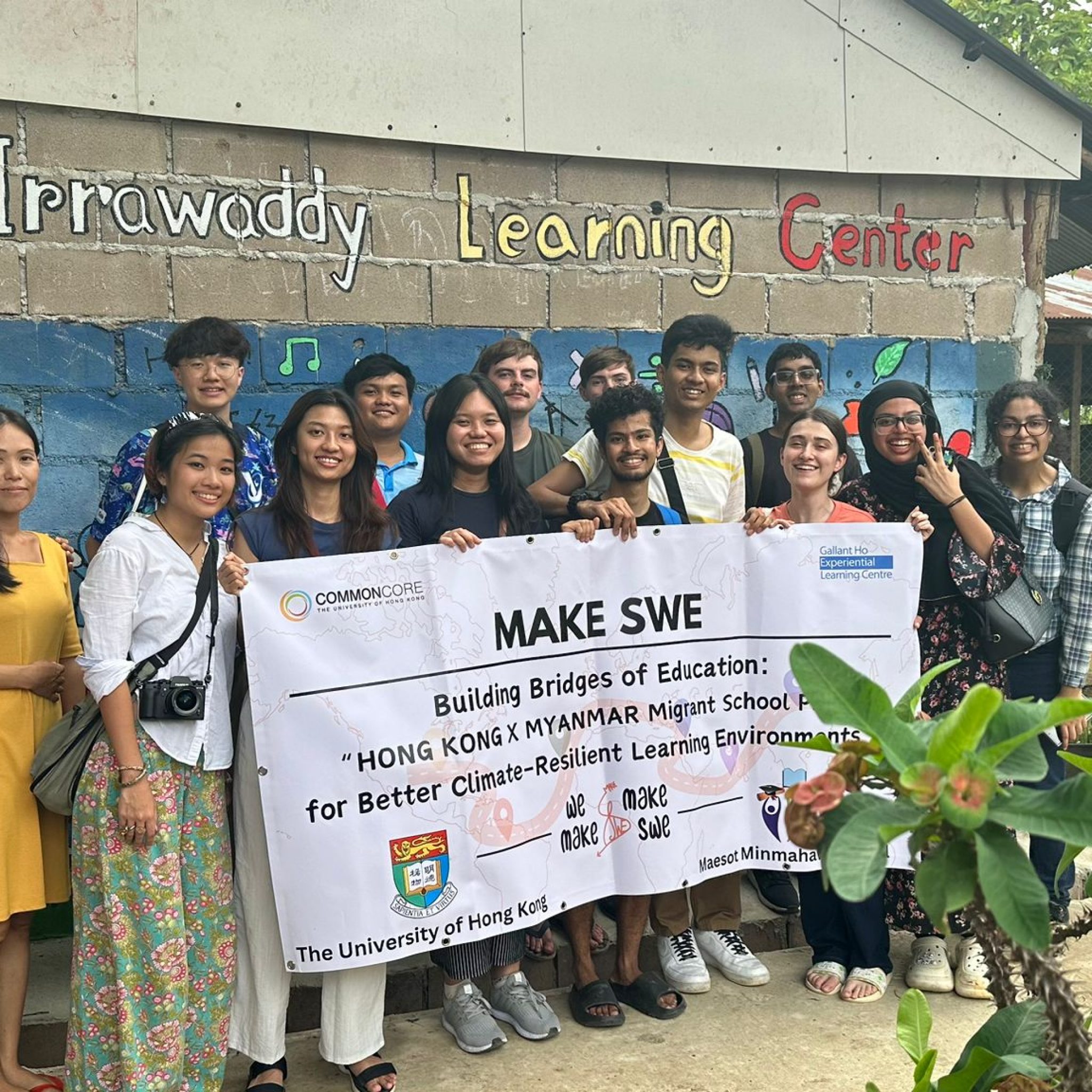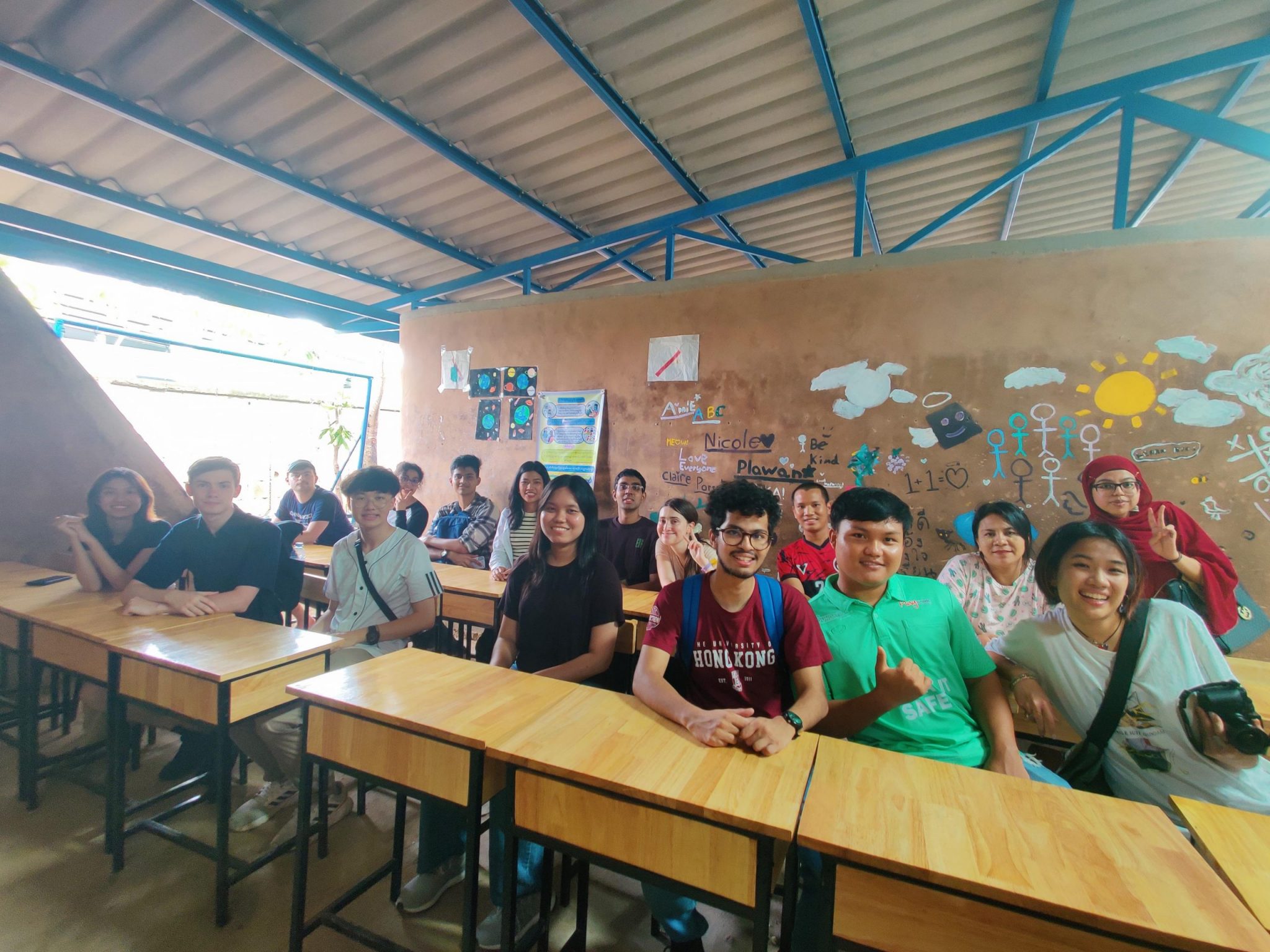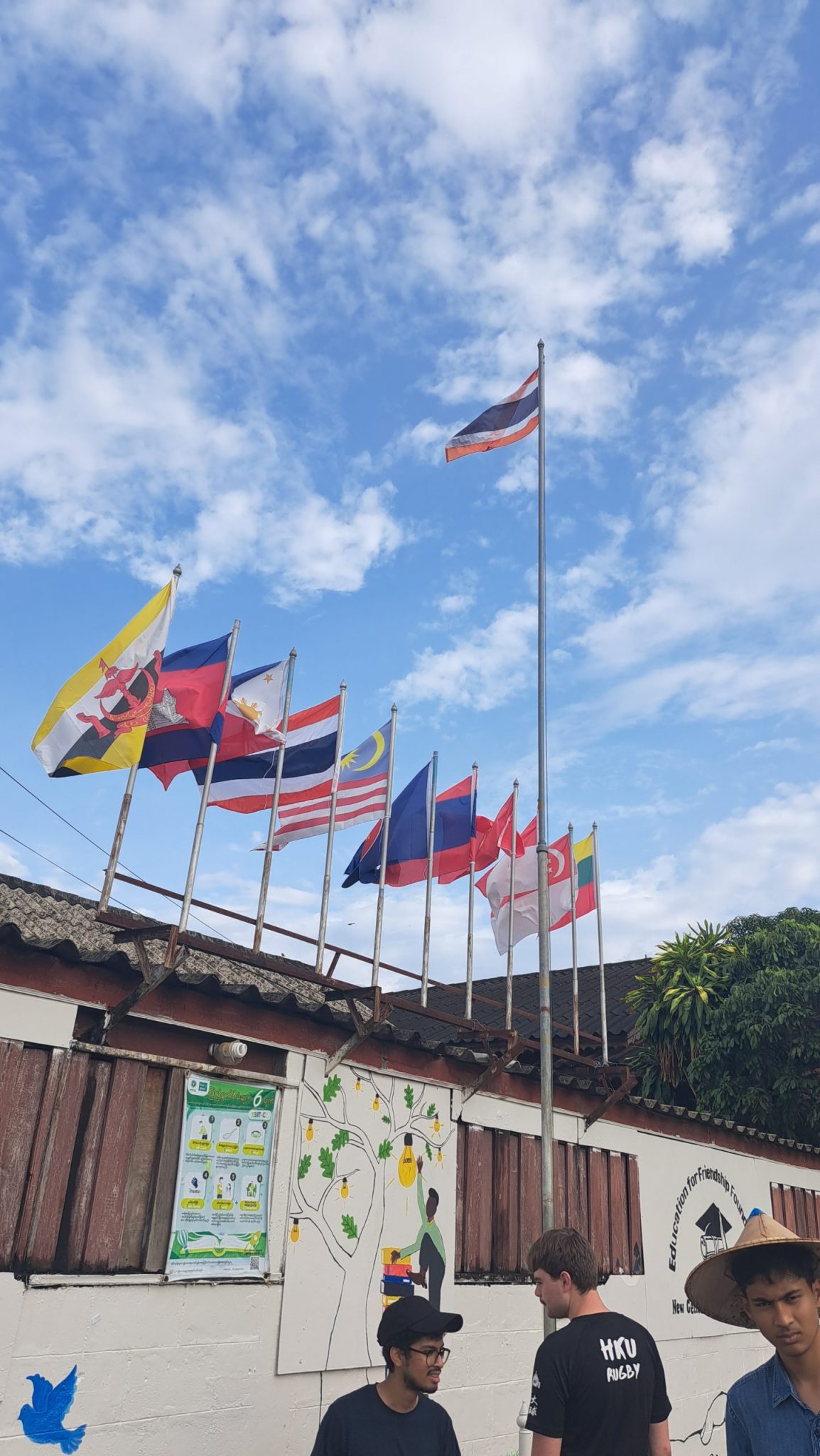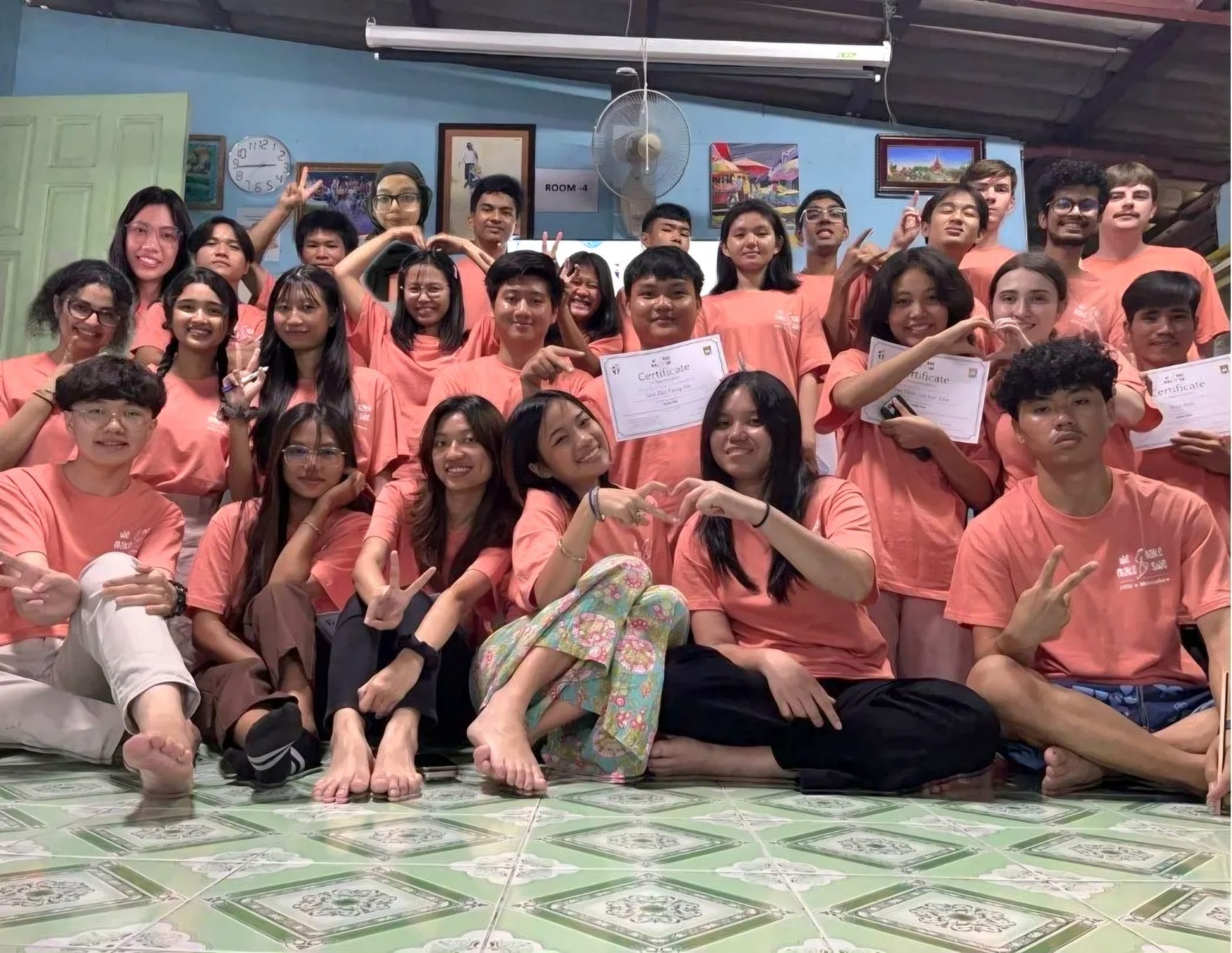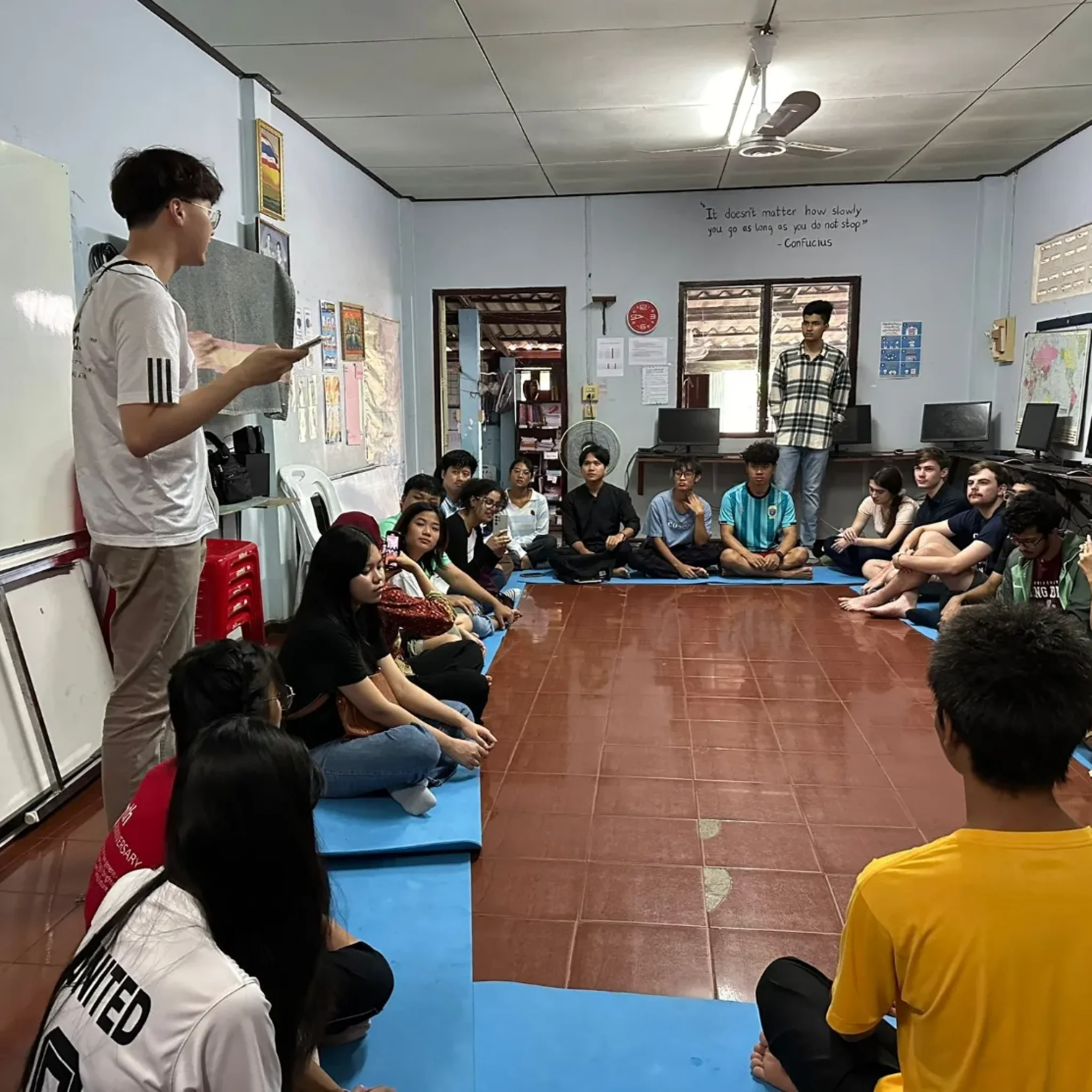“Make Swe”
Volunteer trip to the Thai-Myanmar border funded by CC Experiential Learning Fund –
“Make Swe” is a 7-day volunteer trip to the Thai-Myanmar border that aimed at improving the living and learning environment of Myanmar migrants and refugees affected by the ongoing civil war in their home country.
The project starts in Mae Sot, a city in the Thai-Myanmar border, where people affected by the Myanmar conflict have fled to. There, with limited resources, migrant students try to continue their education.
The project aimed at understanding the current challenges faced by Myanmar refugees in accessing education, conducting knowledge exchange with the community, and taking concrete action to enhance the learning and living environment of the migrant youths.
Starting with understanding the local context, the team visited Love School, New Day, and Irrawaddy School, where in-depth discussions about the challenges faced by the displaced communities were held, and the use of local materials in building climate-resilient learning environments was observed. The team also visited NGOs such as Help without frontiers, and The Border Consortium, which provide support for the displaced communities along the border.
Secondly, the project conducted knowledge exchange through empowering sharings. The project invited representatives from KickStart Art, which provides art therapy for migrant students, and Gyaw Gyaw, a Myanmar-based social architecture firm, to share their expertise. Additionally, a design studio and a climate change workshop were organized, which was a process of thinking, sharing and experimenting. Pain points in Minmahaw School were identified, and potential solutions were collaboratively innovated through a design thinking workshop fostering creativity, group work, and criticality.
Finally, the last stage of the project involved taking concrete action to revitalize the Minmahaw School. For example, the drain in the school kitchen area was sealed with a metal net to prevent giant rats from entering, keeping the food from getting contaminated and reducing the chances of students and staff getting sick. Moreover, equipment was purchased to improve the hygiene, heat, comfort, and safety of the school.
